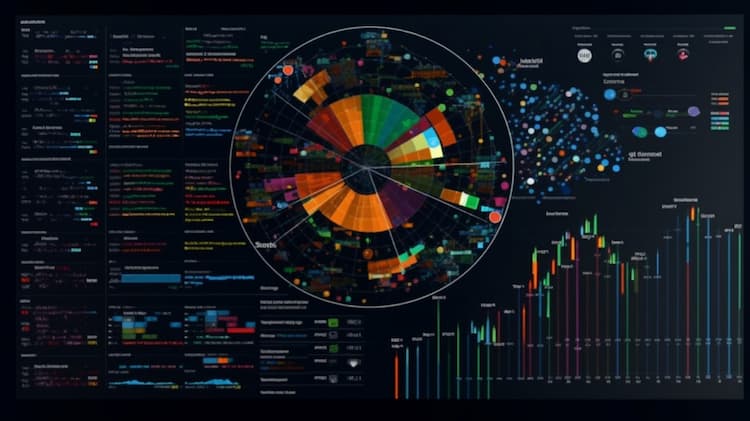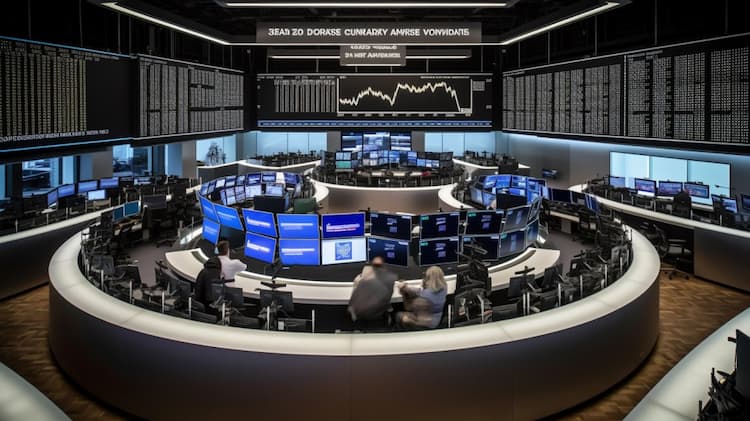BKCI ISSUER
The BKCI issuer, managed by BNY Mellon, pursues its investment objectives primarily by concentrating on equity securities of foreign companies situated in developed markets, excluding the United States. Following the Morgan Stanley Capital International (MSCI) Europe, Australasia, and Far East (EAFE®) Index along with Canada, it invests in companies organized under foreign laws or with predominant trading markets abroad. The fund's investment strategy isn't limited geographically and typically engages in at least three countries. With a focus on common stocks, including those listed on foreign exchanges, it may invest in companies of any market capitalization and sectors. As of December 31, 2023, significant portions of the fund's assets are allocated to healthcare, consumer discretionary, information technology, and industrials sectors, with notable exposure to Western Europe, particularly France, and Japan. Despite its emphasis on developed markets, the fund retains the flexibility to invest up to 20% of its assets in emerging markets and may hold investments denominated in foreign currencies, remaining unhedged to the U.S. dollar. Operated by Walter Scott & Partners Limited, the fund's sub-adviser, investment decisions are driven by fundamental research, focusing on companies with strong growth potential, market leadership, and sound management practices. Walter Scott employs a bottom-up approach, thoroughly assessing individual companies' financials, products, competition, and industry positioning to identify investment opportunities. The fund typically holds 25 to 30 companies in its portfolio, with allocations determined solely by the analysis of individual companies rather than predetermined geographic or sectoral targets. The fund's non-diversified status allows for concentrated investments based on rigorous evaluation criteria, with securities sold when they no longer meet the defined investment criteria or become overweighted in the portfolio.
BKCI DIVIDEND
The BKCI issuer, managed by BNY Mellon, may offer dividends as a component of its investment strategy. The dividend policy of the fund depends on various factors, including the performance of the underlying investments, prevailing market conditions, and the fund's investment objectives. As the fund primarily focuses on equity securities of foreign companies in developed markets, dividends may be sourced from dividends received from these investments. However, it's important to note that dividend payments are not guaranteed and may fluctuate over time based on market dynamics and the performance of the fund's holdings. Investors interested in receiving dividends from the BKCI issuer should consult the fund's prospectus and related documents for detailed information on the dividend policy and historical dividend payments.
BKCI TRACKING
The tracking of BKCI (BNY Mellon Developed Markets ex-U.S. Large Cap Core Equity ETF) involves monitoring its performance relative to its benchmark index, which is likely to be the Morgan Stanley Capital International (MSCI) Europe, Australasia, and Far East (EAFE®) Index excluding the United States. The fund aims to replicate the performance of this index by investing primarily in equity securities of foreign companies in developed markets, with a focus on large-cap stocks. Tracking the index involves maintaining a portfolio that closely mirrors the composition and weighting of the index constituents. To achieve this, the fund's managers may regularly adjust the portfolio holdings to reflect changes in the index, such as additions, deletions, or changes in weightings. By closely tracking the benchmark index, the fund seeks to provide investors with returns that are in line with the performance of the broader market segment it targets. Investors interested in assessing the tracking performance of BKCI can evaluate metrics such as tracking error, which measures the deviation of the fund's returns from its benchmark index, and tracking difference, which quantifies any variance in returns between the fund and its index over a specific period.
BKCI CORRELATION
The correlation of BKCI (BNY Mellon Developed Markets ex-U.S. Large Cap Core Equity ETF) refers to its relationship with various market indices or assets, typically gauged by statistical measures such as the Pearson correlation coefficient. As BKCI primarily invests in equity securities of foreign companies in developed markets excluding the United States, its correlation could be assessed against relevant benchmarks like the Morgan Stanley Capital International (MSCI) Europe, Australasia, and Far East (EAFE®) Index, or other international equity indices. Additionally, investors may analyze BKCI's correlation with specific asset classes, sectors, or regions to understand its diversification benefits or risk exposures within a broader portfolio context. A high positive correlation suggests BKCI tends to move in tandem with the benchmark or asset, while a negative correlation indicates an inverse relationship. Evaluating BKCI's correlation can aid investors in portfolio construction, risk management, and asset allocation decisions by providing insights into potential diversification benefits or correlations with other investments.
BKCI SECTOR
The BKCI (BNY Mellon Developed Markets ex-U.S. Large Cap Core Equity ETF) invests across various sectors, aiming to capture opportunities in foreign companies within developed markets, excluding the United States. As of the latest available data, BKCI's sector allocation reflects a diversified approach, with significant exposure to sectors such as healthcare, consumer discretionary, information technology, and industrials. These sectors often represent key components of developed economies and can offer growth prospects and stability. Additionally, BKCI may hold investments across other sectors, depending on market conditions and the fund's investment strategy. Sector allocation within BKCI's portfolio may be subject to change over time as the fund's managers adjust holdings based on evolving market trends, sector performance, and investment opportunities. Investors interested in BKCI's sector exposure should review the fund's holdings and prospectus for detailed information on its current sector allocation and investment strategy.
BKCI EXPOSURE
The exposure of BKCI (BNY Mellon Developed Markets ex-U.S. Large Cap Core Equity ETF) encompasses investments primarily in equity securities of foreign companies located in developed markets, with a focus on large-cap stocks. The fund's investment strategy targets companies organized under foreign laws or with predominant trading markets abroad, excluding the United States. As of the most recent data available, BKCI maintains significant exposure to various sectors, including healthcare, consumer discretionary, information technology, and industrials. Additionally, the fund has notable exposure to regions such as Western Europe, particularly France, and Japan. While BKCI's emphasis lies in developed markets, it retains the flexibility to allocate up to 20% of its assets to emerging markets. Furthermore, the fund may hold investments denominated in foreign currencies, remaining unhedged to the U.S. dollar. Managed by Walter Scott & Partners Limited, BKCI's investment decisions are driven by fundamental research, focusing on companies with strong growth potential, market leadership, and sound management practices. Overall, BKCI offers investors exposure to a diversified portfolio of foreign equities, targeting sustainable growth opportunities across developed markets.



